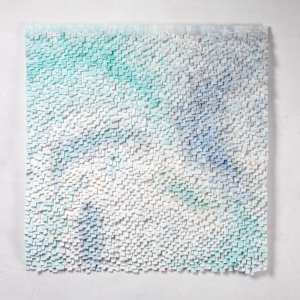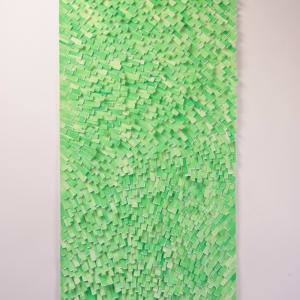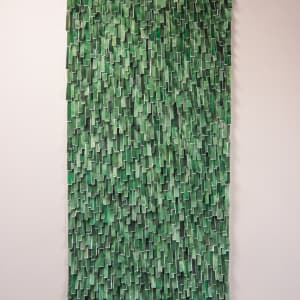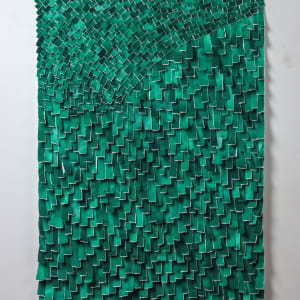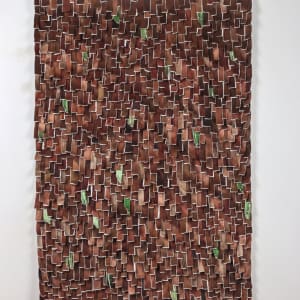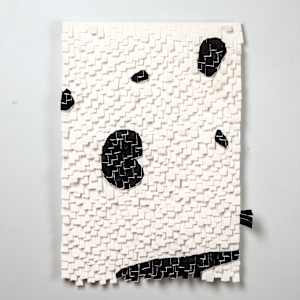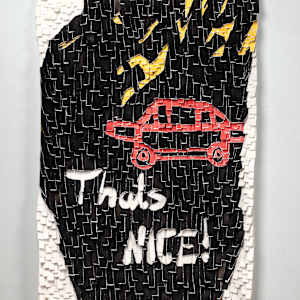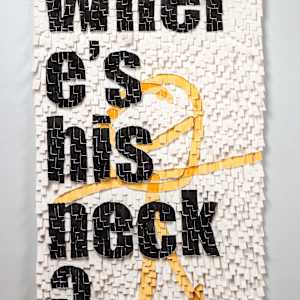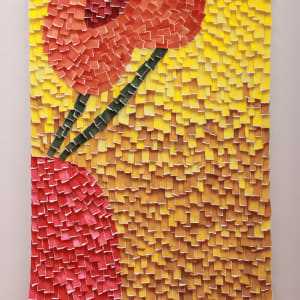Crease
These works were produced for an exhibition titled 'Crease'.
Textiles, like paper, are so prevalent in every part of our lives; they adorn our homes, our offices, our bodies and has significace in almost every important moment in our lives.
Textiles can be an expression of self, a signifier of culture, of wealth, and embody and evoke memory. They can be both beautiful and mundane, embellished or plain, they have the ability to provide comfort or discomfort. It has this immense power; to be invisible and overlooked while simultaneously important. Textiles are fundamental to our existence, yet the industry is destructive, both socially and environmentally. It is the above dualities that this body of work was driven by in its making.
The assembly of the torn pieces creates a play between traditional and contemporary themes. I have used or alluded to traditional techniques used in textile creation but attempted to push it beyond the confines of textiles by paring back, zooming in, sculpting, abstracting, and working with a material not associated with the craft. Paper and fabric are used for very different purposes but share common physical characteristics, which is highlighted in these works. This body of works attempts to recontextualising textiles through observing and reinterpreting the essence of textiles in paper. Finding beauty in the grids, patterns, weaves and sculptural nature in something as common as a piece of fabric.
Paper is central to my practice because of its fragility, it’s everyday usage, it’s recyclability, and because it is one of the most consumable commodities of our time. The magic and malleability of the medium is incomparable, and is fundamental to my approach.
This latest work departs from the comforts of the white page, which has become synonymous with my aesthetic, as well as a major shift from figurative to abstract. I have attempted to introduce bold explosions of colour created with washes of acrylic paint. Even with the introduction of paint and colour the materiality of the paper is still in the fore; creating colourful, textural tapestry like abstract work. The work is defined by acute concentration and care, it gives primary importance to the physicality of the material.
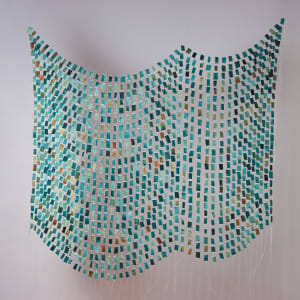
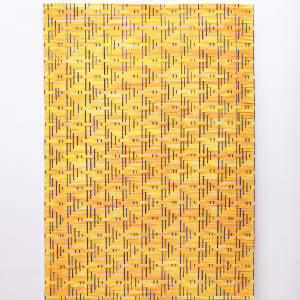
Fields
I spent my formative years growing up on a sugarcane estate called Tambankulu, in Swaziland. The population was tiny with only a handful of neighbouring houses. Since relocating to Durban when I was eight, I have never been back baring one very hasty drive through a few years ago. These years on the farm are my most vivid and treasured memories, they have become the inspiration for this body of work.
Living on a sugar cane estate meant we were constantly surrounded by seas of green. Step out in the front garden and watch the wind sweep through and turn the crops into graceful dancers with perfect timing and choreography. Drive to school or the shops and the walls of flanking soldiers of cane standing at attention tower over you. Running through and picking the cotton balls of the little dried-up bushes. And getting mesmerized by the perfect patterns and precision of the rows and rows of the mono crop. Big expanses of green as far as you can see, moving with the earths landscape, is so entangled in my day-to-day memory of childhood that it’s impossible to separate.
This work is my attempt to recreate the feeling of these memories. Focussing in on the movement and pattern, the colour shifts and overwhelming yet incredibly calming ocean of green. Through colour, texture, and pattern, I encourage the viewer to draw on their experience of seeing large monocrops, hear the rustling of the leaves, smell the earthy cent and watch the work dance and move before you.
One Sunday Afternoon
These works were produced for an exhibition called "One Sunday Afternoon".
The work draws inspiration from the diverse landscapes of Durban, South Africa, engaging with the tradition of landscape paintings while reinterpreting it through a contemporary lens. By deconstructing these environments into what I consider their basic elements— the physical, the visceral, the sensorial, and the human interaction. I explore what truly constitutes a landscape.
Historically, South African artists like Jacob Pierneef and Maggie Laubser preserved these scenes through oil paintings. Today, anyone can, and inevitably will, capture a landscape with a phone camera, because we are inherently drawn to the grandeur, stillness, lushness, and beauty, and feel the need to hold onto the moment, yet landscape painting has fallen out of favour in contemporary art. This led me to question what constitutes a landscape and why do we feel the need to capture its splendour.
Rather than simply documenting a scene, I attempt to break down landscapes into colour, texture, and movement, physically tearing apart and reassembling paintings into often abstracted, but highly tactile works. These fragments attempt to mirror the way we experience and remember landscapes: fleeting, layered, and impressionable.
Through this approach, I invite viewers to rethink their connection with nature, considering how memory and emotion shape our understanding of the world around us.
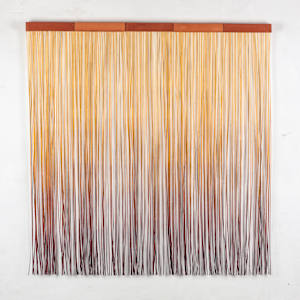
Underfoot
Home… Not house, place, or space, but home. Something that moves beyond walls and a roof or a place of shelter. That theoretical line that changes a house into a home. The cold box into a sanctuary.
It is an inherent human condition to seek comfort, to turn a cold space into a place of warmth. It has been argued that early evidence of this condition, the need for comfort, is the creation and use of objects that could be construed of as rugs. Rugs have shifted and changed throughout history but this historic object, whether an animal pelt or a contemporary carpet, still manages to hold an important role in our homes. Its function brings comfort, whether actual or perceived, and is, I argue, a perfect object to signify this theoretical line that changes a house into a home.
For an object so ordinary and commonplace carpets and rugs come with a multitude of hidden value. Outside of the functionality of the carpet, whether it be a space to clean or dry one’s feet, or an important role in a cultural and religious ceremonies, rugs have been transformed into both art and décor through the invention of hand weaving and dyes that allowed for elaborate designs and patterns. And with the colour and pattern it also became a signifier of wealth as well as an expression of personal taste.
This work explores space and place using carpets/mats as signifiers. They underlie the mood and feeling for a room, an emotional and behavioural bubble. Creating a personalised touch in the process of making places one’s own. They’re a backdrop for the action that happens within a space and therefore hold so much history and communication about the lives within. Whether used for function or statement they age; fade, hold dust and dirt, absorb spills, take on impressions from furniture, they rip, scuff and mark from experiences lived across them; they hold memories in the way they’re blemished. The effects of meaningful actions are seen on them and in this way become representative of our feelings and memories about a space.

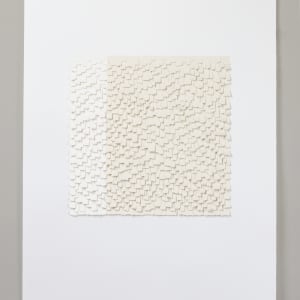
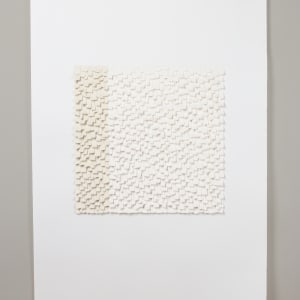
Your So Creative
Artist Statement:
The work speaks for itself, it say nothing at all, it isn’t clear enough, it’s to didactic, it’s not clever enough, it’s confusing, the work must say a lot, but speak for itself, It must be playful but serious, it must have depth, it matches the drapes, the idea is the most important thing, it is too naïve, I could make that, it’s ugly, it’s to dark, it’s too kitsch, it’s too nice, it shows skill, it shows promise, they can’t draw, It’s beautiful, it’s nice, I don’t get it, it explores, it interrogates, this is the context, it makes me feel.., I love this, it’s intuitive, it’s repetitive, it’s meditative, it investigates, it speaks too, it references, it’s the best thing I have ever made, it’s rubbish.

